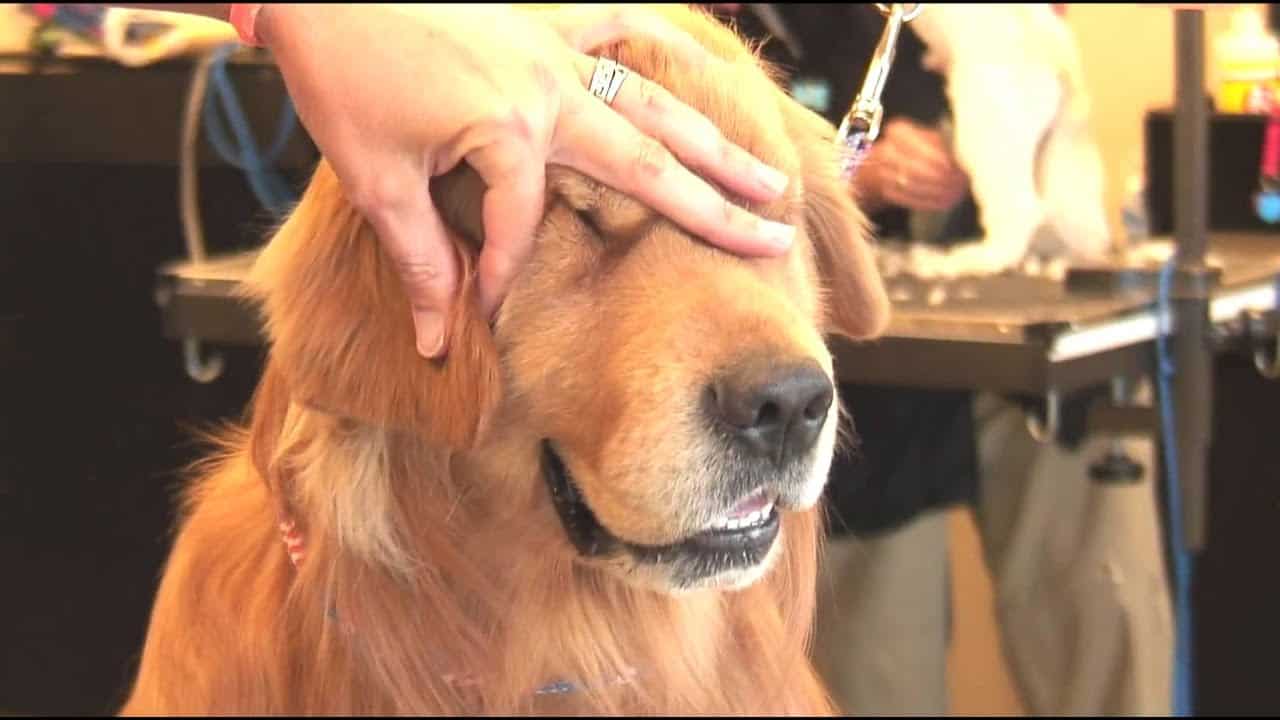The Natural Ear style makes up the bulk of the ears on dogs. They can be folded over with short coat as on the Dalmatian or lightly coated with fine fur as on the Golden Retriever, while others are pricked and coated with short, soft, dense fur as on the Shetland Sheepdog.
No matter what the overall shape or coat density of the natural ear from breed to breed, the goal is to accentuate a natural look.
Most of the time, this ear style needs little attention. If any trimming is required, it’s very minimal, only tidying up loose strays on the more coated ears of such breeds as the Golden Retriever or Shetland Sheepdog. When shaping these ears, use thinning shears to ensure the line is soft and natural looking.
Just take off the section of hair that is distorting the shape of the ear. Trim gently, keeping the tips of the shears toward the tips of the ears to decrease the risk of nicking the ear leather. Finger-pluck any longer, wispy strays near the base of the ear that detract from the look of the head.
Attention to minor details can make a large difference in the final outcome of the grooming. Notice the difference between the ungroomed left ear and the polished look of the right ear.
- Use thinning shears around the outer edges of the ear leather to retain the natural look of the ear.
- On heavily coated dogs with excessively furry ears, never make a large difference in the overall look of an ear without first consulting the owner.
- The small amount of soft downy undercoat that is long and wispy and commonly found at the base of the ear can easily be finger plucked to help neaten an outline.
- Lightly removing the longer heavy fur in front of the ear canal with thinning shears will aid in keeping it clean and cut down on odor.

